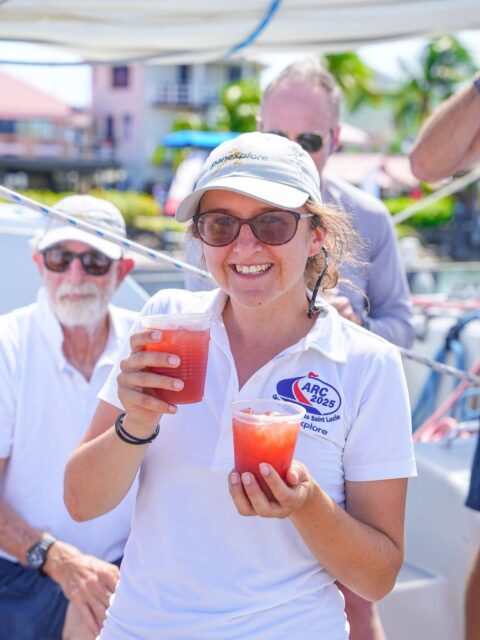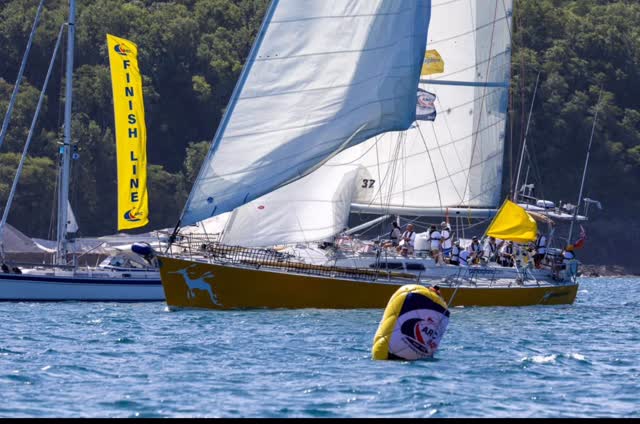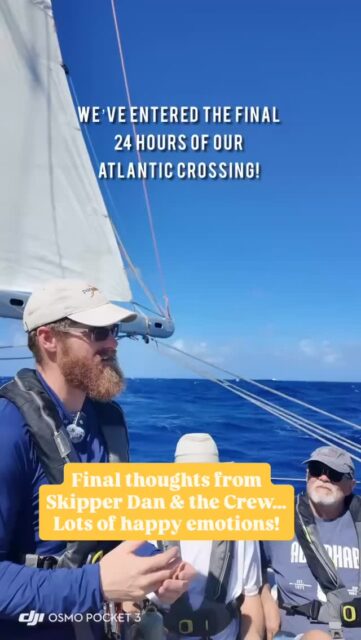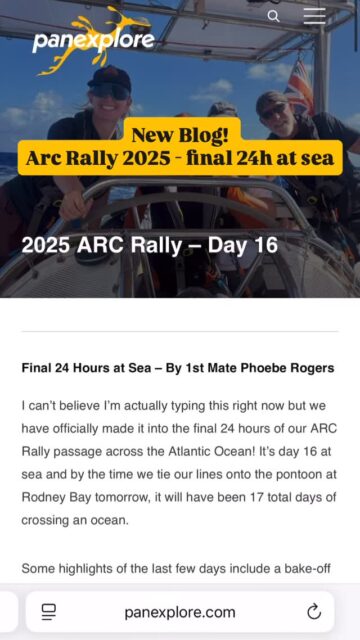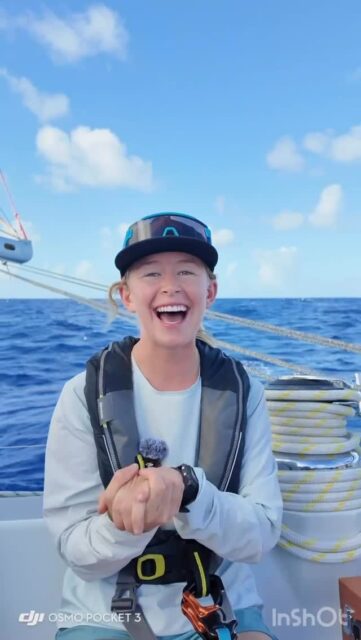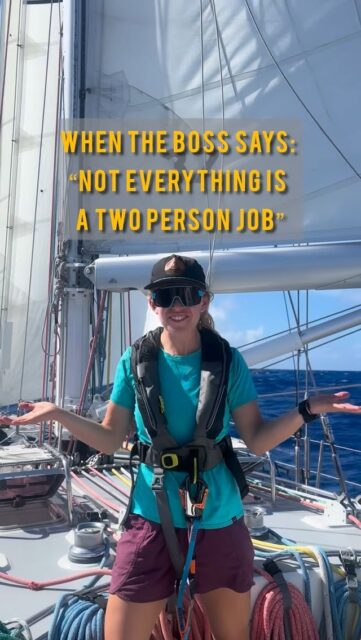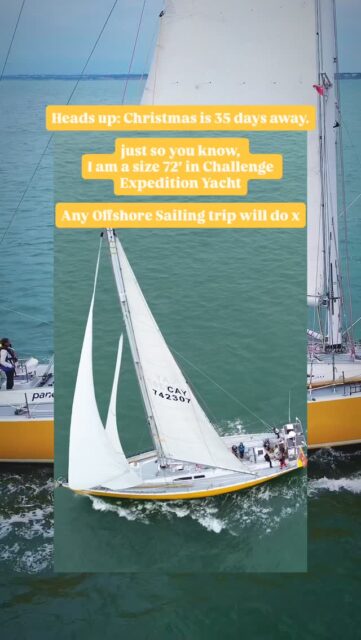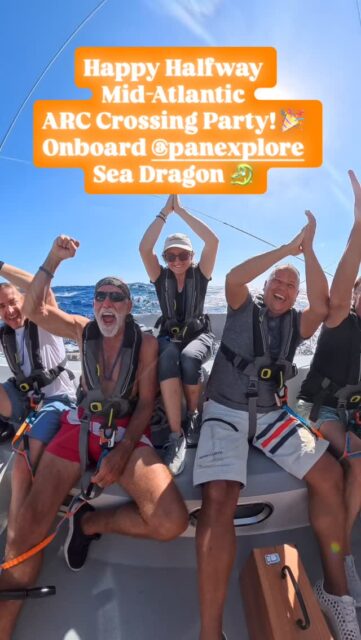From Scientific American – May 16, 2011 11:30 AM
The South Pacific Islands Survey–We discover what’s floating in the Pacific Ocean!
After seven hours of dragging a metal trawl in the ocean, we pulled the manta ray-looking contraption on board—salt water splashing everywhere—to see what was inside. We reached into the slimy net, flipped it inside out and dumped the contents onto a mesh screen.
Twelve crewmembers huddled over the debris, each straining their necks to see over the person in front of them. The sound of camera clicks intensified before we collectively muttered, “huh.”
We looked down at a nearly empty trawl. I was shocked at the lack of plastic and organic matter; it was hard to believe this sparse collection came from seven hours of sampling!
The mesh screen contained little water bugs called halibates, a nurdle (aka a pre-production plastic pellet), a myctophid, a janthina (a relative of the garden snail), pieces of fishing line, and tiny white, green and blue plastic fragments.
The total weight of the sample couldn’t have been more than half an ounce. I was expecting to see much more trash, since I saw plastic nearly everyday while sampling the North Pacific Garbage Patch two years ago.
But, as I mentioned in my last post, we’re outside the convergence zone where trash collects. We’re below the North Pacific Garbage Patch and above the South Pacific Garbage Patch by a few thousand miles.
Emily Penn, the ship’s first mate, wasn’t surprised at our meager haul. She said sampling halfway between Tahiti and Rarotonga can be an unlikely place to find garbage since any debris out here will eventually make its way toward one of the Pacific gyres.
And that’s why we trawled—to see if plastic saturates remote areas like French Polynesia and the Cook Islands.
I’m far from disappointed by what we found. It’s great to see so little pollution out here. I’m not fascinated by marine debris because I want to find trash in the ocean; I’m fascinated because I want to understand how it gets here. How is it that so many people don’t have access to running water or electricity and yet items like refrigerators or expensive Nike shoes, that could change people’s lives, float freely in a vast oceanic wasteland?
Read more and see the pictures here:
http://www.scientificamerican.com/blog/post.cfm?id=the-south-pacific-islands-survey–w-2011-05-16
